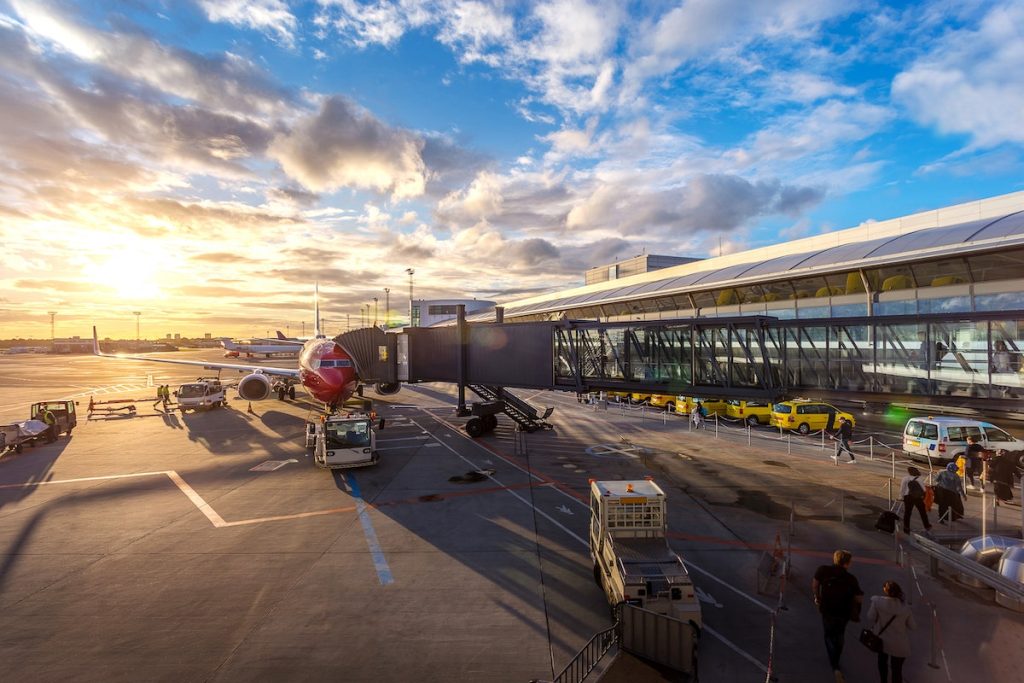The aviation industry is one of the most important and lucrative sectors in the world economy. The pandemic, however, has taken a huge toll on it. Forbes reports that most airline companies suffered extensive losses and the debts they have taken on are substantial. As flights are opening up, airlines are hoping to slowly recover.
Over the years, the aviation industry has had to adapt to many technological innovations to maintain its status. Today, new technologies will be helpful for the recovery of airline companies. Here are some recent developments.
Aircraft Lighting Technology
The outside illumination of an airplane is essential for operational safety. The range of external light systems for commercial planes is extensive. It includes navigation, taxiing, and landing as well as anti-collision, wheel well, service, cargo, and more.
Today’s industry standard for external aviation lighting uses aircraft LED light bulbs. This is based on several criteria, including optical characteristics, dependability, energy usage, and maintenance costs. Additionally, LED provides opportunities for simplicity of dimming features, optimizing integration, and combining many functions into a single light for exterior illumination.
Technology for outside lighting in aviation has changed from halogen, xenon, and fluorescent lights to LED.
LEDs can accomplish the same tasks with a lifespan that is 10 to 100 times longer and, in certain situations, lighter than halogen lights. Xenon lighting has a longer lifespan than halogen lighting.
However, they are difficult to use and damage equipment. Hence, they are beginning to be phased out.
In the early 2000s, position lights were the first LED products released. Now the aviation industry continues to witness advancements in LED technologies as LEDs become ever more efficient. Today, it is a common procedure to install exterior LED lighting on new aircraft production. LED lighting solutions are extremely sustainable, with enormous power savings that can be achieved.
Cabin Window Technology
If you travel by air frequently, you’ll notice that some planes have somewhat different windows.
You may have reached for the window shade only to find there wasn’t one there. Passengers may push certain buttons to control the level of light they allow in. Without a shade over the window, how does it work?
Each of the windows doesn’t have just one glass panel in it. These windows have two pieces of glass bonded together using gel. Connector pins attach this gel to an electric current.

The electric current either rises or decreases depending on the passenger-selected dimming frequency. The gel becomes thicker as the current increases, which reduces the amount of light that can flow through it. The gel stretches out when the current decreases, making the window more transparent. The window industry has improved this design’s technology, enabling the gel to turn black. That completely filters the light and gives the cabin the same amount of darkness as regular window coverings.
With a master control, the cabin crew can also change the transparency or opacity of one window, a group of windows, or the entire airplane. For instance, when the plane is getting ready to take off, or land and the crew needs porthole visibility, they may quickly use the master control to see out.
Alternately, the crew has the option to lower the lights and adjust the windows when they wish to keep the sun’s brightness out. This is usually to provide passengers the maximum time to sleep or rest during the flight. This is especially helpful on a brief, multi-time zone red-eye journey.
Having this cabin window technology benefits passengers the most. It is a feature that will increase the possibility of passengers choosing the airline over its competitors.
Airport Technology for Social Distancing
In response to the Covid-19 epidemic, which particularly affected the aviation sector, airline engineers have developed technologies to support social distancing strategies. The aim is to increase the safety of passengers during the boarding and flying processes.
Smart technologies in airports are able to monitor passenger traffic through 3D sensors and cameras. Based on the data gathered, these technologies can reroute such traffic to reduce the level of human contact that may happen throughout a passenger’s traveling day.
One of the means used to make traveling safer, for instance, is virtual queuing.
Developments in Aviation Technology Continue to Soar
The aviation industry is constantly evolving. The examples above are just a snapshot of the current state of affairs. It’s easy to see that there are many new technologies on the horizon that have the potential to make even more significant changes in how people fly.
What’s more, with the advent of cloud technology and the Internet of Things, the opportunities for even more game-changing innovations are endless. So, it’s safe to say that the future of aviation is looking very bright indeed.



